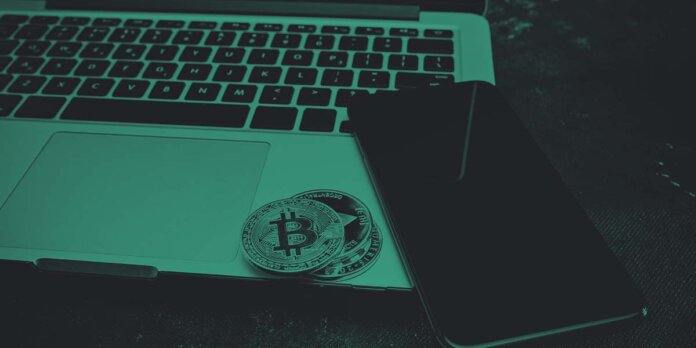In this article, we navigate the speculative world of the metaverse, focusing on the tokens of leading platforms, Decentraland and The Sandbox. Our analysis explores land ownership, exchange volumes, net exchange activity, and virtual land speculation trends to understand the primary motives behind acquiring these tokens.
Speculation is an integral part of any new technology, and the metaverse is no exception. Due to the use of blockchain-based tokens, it is even more susceptible to speculation.
To analyze the level of speculation in the metaverse, we have analyzed the tokens of the top two decentralized metaverse platforms: Decentraland and The Sandbox.

Chart 1 shows the percentage of tokenholders who used their tokens to purchase land on these platforms. The ownership of land is low for both MANA and SAND tokenholders, but SAND tokenholders have a higher percentage of ownership than MANA tokenholders in all months. This low level of land ownership indicates that most users are not acquiring these tokens to buy land on their respective platforms.

The decentralized exchange (DEX) volume for both tokens has been decreasing over the months and is minuscule compared to the centralized exchange (CEX) volume for the same.
Net exchange activity for both tokens is contrasting, as MANA largely has a net outflow of the token from major CEXs, while SAND has a net inflow. A higher net inflow to CEXs indicates that fewer tokens are being used within the metaverse.

In chart 4, one can observe the speculation in the virtual land of both platforms. The current land sales volume is only a fraction of what it was at the start of 2022.
The average sales value of land has decreased by approximately 89% in Decentraland and 84% in The Sandbox. The number of buyers shows a similar trend.

From the charts, it’s clear that metaverse tokens are still not primarily being acquired to use within the platforms. For most users, these tokens are a means to ride the anticipated growth of the two metaverse platforms. Moreover, as the metaverse platforms become more immersive and adoption grows, speculation will decrease with time.
From our extensive examination, it’s evident that the primary motive behind acquiring metaverse tokens is not yet to utilize them within their respective platforms but rather to speculate on their anticipated growth. Low levels of land ownership, decreasing exchange volumes, contrasting net exchange activities, and diminishing land sales all point towards this conclusion. However, as the metaverse continues to evolve and becomes more immersive, we expect that the level of speculation will decrease over time, paving the way for genuine adoption and utilization of these tokens within the metaverse platforms.




